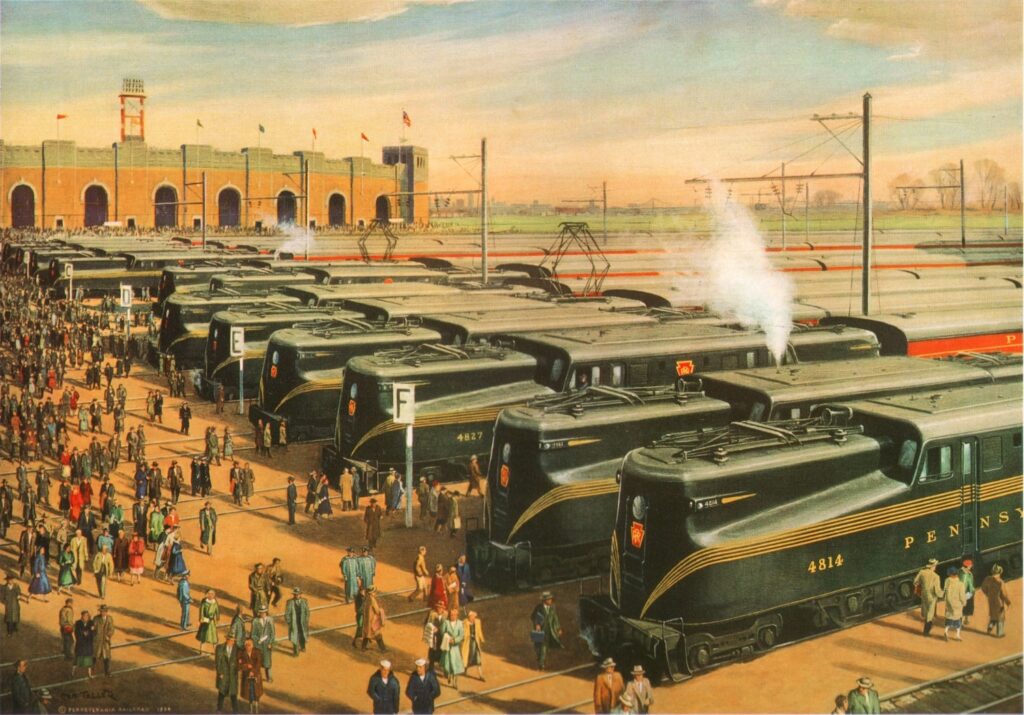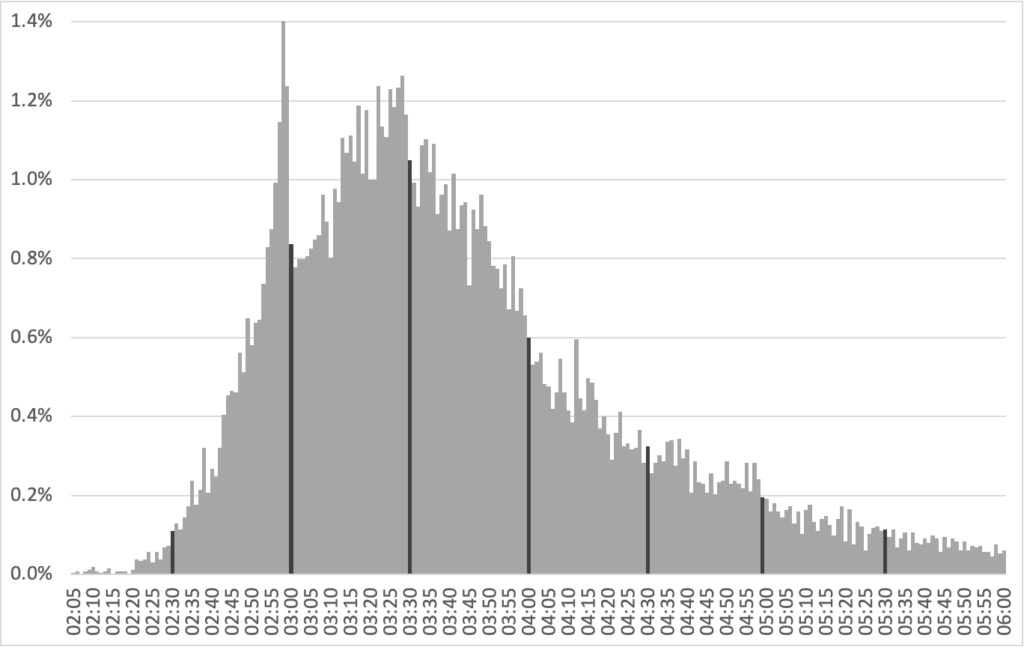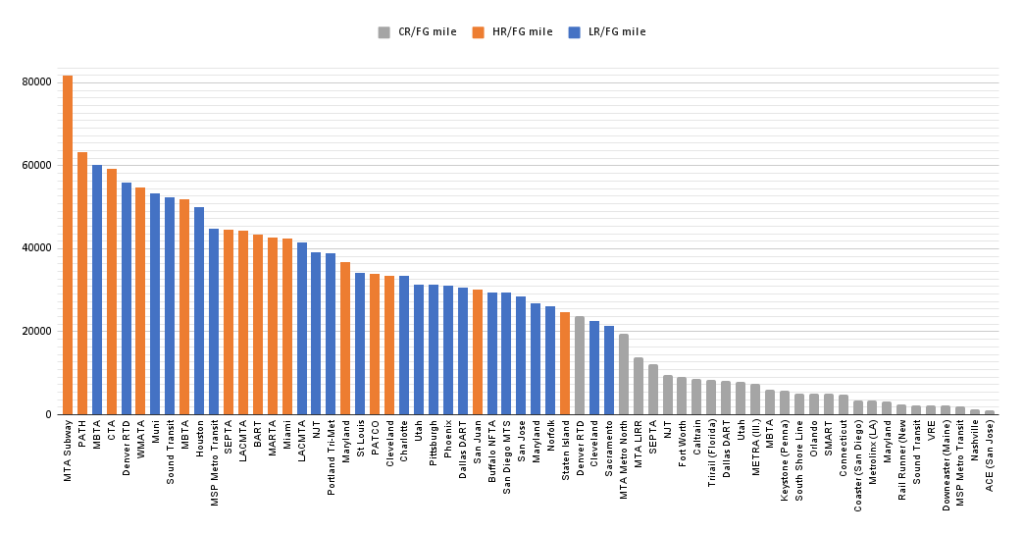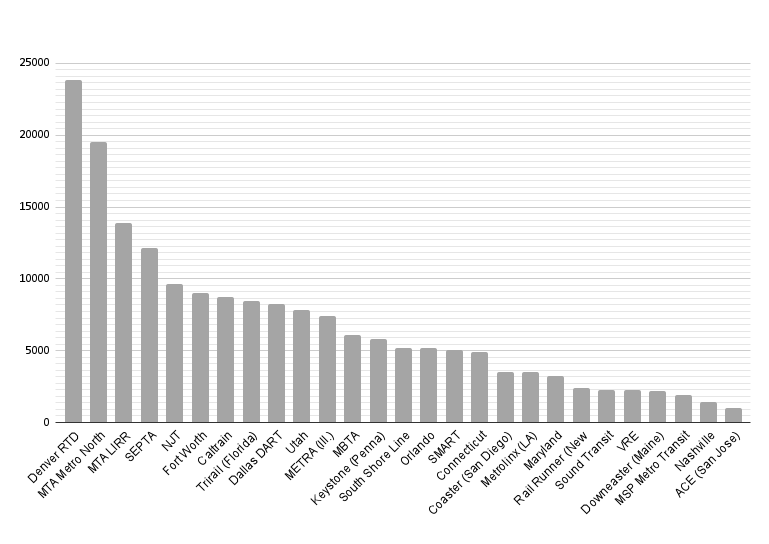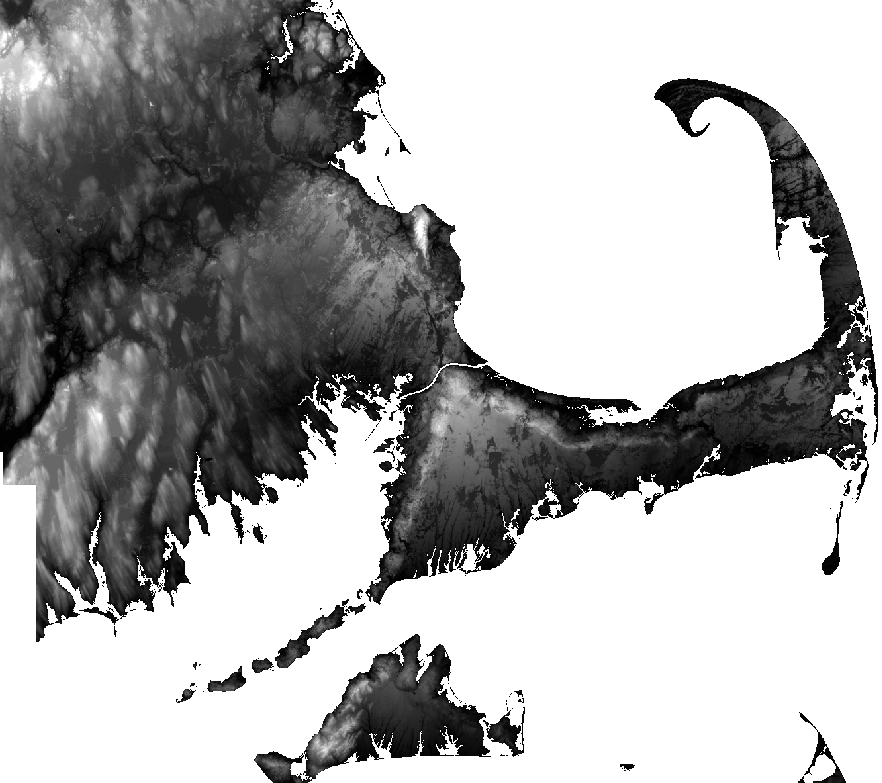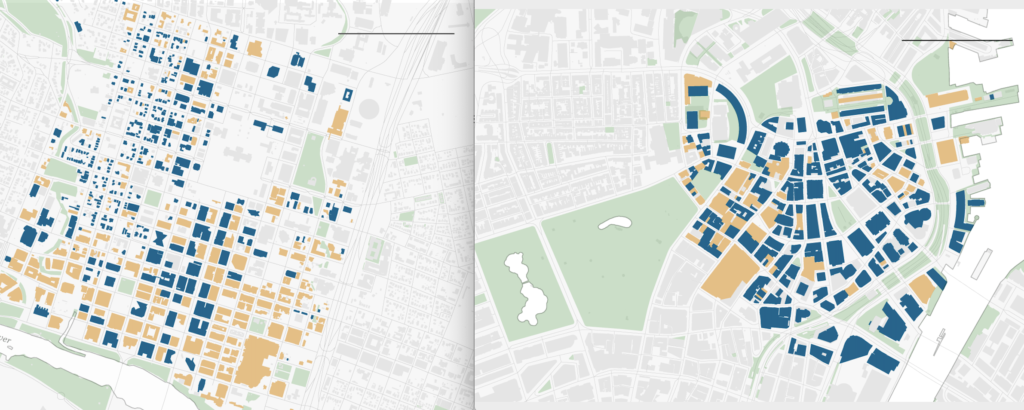[updated with post-race experience in italics]
I’m not running the Boston Marathon this year. It’s not for lack of interest: I ran a 2:59:56 last year, my best finish in Boston (by time) and an improvement of 11 seconds over my previous best (and first) race in 2015. I thought it would be plenty fast to qualify, but the weather was good enough last year (fun fact: with more than 13,000 qualifiers more than 51% of finishers requalified. and it had the single highest number of Boston qualifiers of any race, ever), and new sponsor Bank of America stingy enough (apparently they took more sponsor bibs, so the number of qualifiers accepted was about 1000 fewer than previous years) that I missed out. By 24 seconds. Or, since I am in the final year of an age bracket, by 3 months and change.
(As you can tell, I am not bitter about this at all. It would be exceedingly petty to hope for temperatures in the low 70s for the race, but it would also mean that the -7:20 qualifier I ran last fall would be almost a shoo-in if Boston had 4000 qualifiers instead of 14,000. I will make no further comment as I check a weather model. But who am I kidding, it will be 48˚, dry, cloudy with a 20 mph tailwind with my luck.) [it wasn’t, so I have a shot next year]
It does mean that I’ve had extra time to look at the T’s somewhat impressive marathon schedule. For the first time since 2019, the T has the resources to provide extra service, and this is on top of a schedule which already has more frequent midday service. With 64 total trains, it is likely the busiest day on the Worcester Line since the 1950s (at a time when they had four tracks to Framingham before the Turnpike cannibalized two). In addition, several trains have been extended to Southborough, making taking the train to the start a much more reasonable proposition. There are basically trains every 20 to 40 minutes in both directions, so spectating runners in three locations is somewhat reasonable. Plus, there’s a $10 all-weekend pass, so you can hop on and off basically for free. (They are undercharging for this; it should be a separate fare for Monday, but they probably don’t want to have to sell more tickets. It’s good for ridership, at least.)
So with no further ado, here is Ari’s Official Guide to the Railways on Marathon Monday. A couple of notes.
- I use train numbers here preceded with a “P.” At least back in the day, trains on the Worcester Line were numbered with a “P” by CSX designating them as Passenger trains. This naming convention makes the text a bit more readable. Also Dave does this, so it is the right thing to do.
- Three-digit train numbers (e.g. P518) are normally-scheduled trips. Four-digit numbers (e.g. P7564) are extras or have changed schedules.
- This all assumes that everything runs on schedule. So, you know, take it with a small grain of salt. [especially after about 10:00, trains experience 15-25 minute delays between Framingham and Wellesley Hills because without level boarding, it takes a lot of time for people to get on and off]
- In Wellesley, I sometimes refer to the stations as “Square,” “Hills” or “Farms” just so I don’t have to type “Wellesley” so much.
If you want to watch the lead men:
Arrive on any train in Framingham before 10:00. There are trains departing at 10:08 and 10:35. The 10:08 train (P7556) will depart almost exactly when the lead men’s pack arrives; you may be able to watch from the train as you roll out of town (the men may outpace the train for the first few hundred yards). The 10:35 (P7564) train will depart after the lead men (and women) are through and when the first Wave 1 runners begin to arrive.
If you take the 10:08 train, you can get off at Wellesley Square (10:23) or Wellesley Hills (10:26) to catch the lead men, who should arrive at Wellesley Square around 10:31 or 10:32 and Hills a few minutes after. P7564 departs Hills at 10:53 if you want to attempt to catch the runners again. The lead women will probably arrive a few minutes later; train P7514 (11:13) will allow you to comfortably watch the lead women run through. These trains will get you to Lansdowne by 11:17/11:37. The first would allow you to get to Lansdowne in time to see the lead men, the latter unlikely.
(Rosie Ruiz would be proud!)
Speaking of women, if you want to watch the lead women:
Arrive in Framingham by 10:15 (train 7653 arrives 10:14). Train P7564 will depart after the lead pack of women has gone through and get you to Wellesley Hills at 10:53, a couple of minutes before they arrive there. Train P7514 will leave Hills at 11:13, and get you to Lansdowne in time to see the lead women a third time quite easily.
If you want to watch a first-wave runner with a 3:00 or faster (given the depth of this year’s field, the entire first wave qualified under ~3:01).
You will still need to be on train P7563 and arrive in Framingham by 10:14, so you’ll get to see the lead women (get there earlier and you’ll see the lead men, too). Your runner should pass in time to take P7514 inbound at 10:55 and get you to Wellesley Square/Hills at 11:10/11:13. From there, P7516’s departure at 11:45/11:48 will give you plenty of time to get Downtown; even P7568 half an hour later would do the trick if your runner is running slower than a 2:50 or so.
If you want to watch a second-wave runner with a 3:15 finish time:
You’ll want to arrive in Framingham by 10:47 (although, of course, you can get there earlier to watch more) on P7513. Your runner should pass through well before 11:30, allowing you to take train P7516 and get to Wellesley Square with plenty of time to cheer. From there P7568 will get you downtown to see them finish.
The third wave is much more spread out with finish times spanning an hour between 3:25 and 4:25. Here are some scenarios:
3:25 runner: P7565 out arriving Framingham at 11:19 (or earlier, of course). P7568 inbound at 12:05, P518 inbound at 12:55 from the Wellesleys.
4:25 runner: You still probably want to arrive in Framingham by 11:19 as above. Depending on the time to cross the start line and your runner’s speed, they will clear Framingham around noon; if so, you can catch the 12:05. Otherwise the 12:40 train (P518) should get you to Wellesley in time to watch them there; you may want to ride it to Wellesley Farms and jog to the course to get ahead of them. From there, you may wish to walk to Riverside and take the Green Line downtown, although the Green Line is often quite slow on Marathon Monday.
For Wave 4 runners, the finish times are even more spread out. A Wave 4 runner may be a charity runner without a qualifying time and run faster, or an older runner with a slower qualifying time running a 4:50 race or slower. In these cases, consult the schedule.
Are you a runner who wants to skip the buses and take the train out?
I’ve never done this, but with the schedules this year it seems quite reasonable. There is a spectator shuttle from the state park near Southborough to Hopkinton and, apparently, to the Commuter Rail station as well. [There is definitely a shuttle from the Commuter Rail Station!] For spectators this might mean that you could watch the start, take a bus to the train station, and potentially see your runner a fourth time (although taking the bus to Southborough and then the train to Framingham in 40 minutes would be tricky; this might work better for later waves and then only if the timing is perfect, you could at least make it to, like, Natick).
But to get to the race, sure, why not? The “athlete village” at the high school is a glorified port-o-let line; and there are plenty more of these near the start line anyway behind the CVS. You could probably even have someone travel out with you to the start spectator area, take your gear, and see you off. (They could drive you there, too, but where’s the fun in that).
Trains P7507, P7561, P7509 and P511 arrive in Southborough at 8:11, 8:45, 9:12 and 9:53, about 50 minutes from Back Bay (and 40 from Boston Landing). Given the convoluted route the buses have to take to get to the high school, this may actually be faster than taking the bus, especially if getting Downtown would require some backtracking. And you’re not crammed into a bus designed for 6-year-olds worried that the driver is going to get on 495 north and wind up in New Hampshire. (Yes, this happened. In 2022 my bus driver—the bus itself was from Methuen so the driver was not familiar with the area—wound up on 495 north. No one batted an eye, because no one was from the area. I made my way to the front of the bus and guided the driver through the cloverleaf at Route 9 and back south to Hopkinton.)
So would I do it? I’m not entirely sure. [Most assuredly.] I trust the T well enough, but I guess the question would be getting from the T to Hopkinton. If all else fails, it’s a 2.5 mile warm-up run (albeit uphill). [I saw people doing this] I assume the buses would run as advertised and I would bet one could be flagged down on the road from the State Park (if they aren’t running to the train station). [Probably couldn’t flag one down, but definitely could take one from the train station.] It looks like you can get into the corrals from Cedar Street [Yes, you can walk right in, it’s kind of a VIP area with some charter buses parked nearby but they don’t seem to discriminate and/or probably assume you’re special, too.], otherwise from South Street would probably work. I’d leave at least an hour to get from the train to the start, but for a Wave 1 runner, leaving Boston Landing at 7:31 might be far preferable to being on a bus at the Common at 6:45.
If I get in in 2025, and the T runs the same schedule, my plan is to take the 7:56 train from Boston Landing arriving at 8:45 at Southborough, and get on a bus there to the start. The next train (8:31-9:11) should work fine but having some buffer is nice. The earlier train would give enough time to walk back to the Athlete’s Village but there’s really no need to do that. If the weather is awful and I really don’t want to wait in the rain I might consider taking the bus, since there’s usually somewhere dry to wait at the start. Plenty of johns at the CVS.
Perhaps I’ll have to go out and do some reportage on the transit situation myself. Enjoy the race, and if you’re running, you’re welcome for the weather. [yeah, sorry, no one die at the finish line please]
A few notes:
- Train numbering convention is that trains running to Worcester begin with 500 and theoretically range up to 549. 550 and up are Framingham turns. Even east, odd west.
- There’s no express service in the morning. So there’s half the overall frequency of a normal weekday morning, although each station has about the same number of trains, the express trains run local. Service is then redistributed across the midday.
- Previous marathon special service was basically to keep the normal weekday schedule and add a couple of trains in the middle of the morning. This increases service all day long, on the baseline of already increase service (2019 base schedules had four trains between 9 a.m. and 4 p.m., current schedules have hourly service, and the Marathon service this year has 14 trains in this timeframe, double the 2019 Marathon schedule and the normal 2024 schedule and more than triple 2019’s base schedule).
- Service has also been extended out to Southborough much of the morning, and then as the race moves east, trains turn in Framingham. This really shows that some thought went into making the schedule.
- With 63 trains calling at the Wellesleys and at Natick, this will likely be the most trains to stop in Wellesley in the 190 year history of the B&A. There were more trains in 1950, as far as I can tell, but many of them were express and intercity trains (plus, there were still four tracks east of Framingham back then).
- The current schedule has 66 trains including the Lake Shore. 1952 had 64, 1950 had 68, 1947 had about 80, 1945 had 94, with nearly hourly service to Springfield (better, if you include local trains). Boston to Springfield in 2:10. Even the 1937 schedule, with about 120 trains daily, and the 1927 schedule, with 160 trains per day (!) has less service to Wellesley. (The 1927 schedule had 8 to 10 local trains between Boston and Riverside between 5 and 6 p.m., running subway-level service on that portion of the four-track railroad.)



